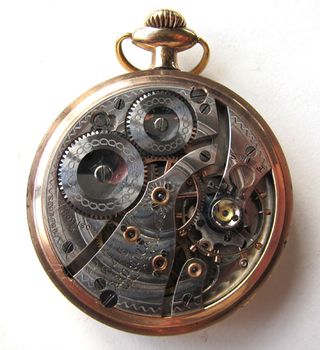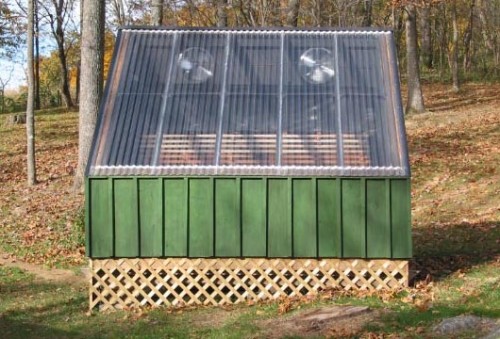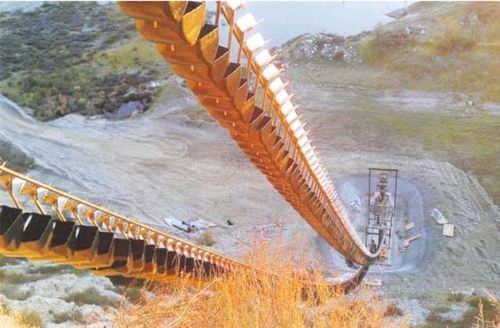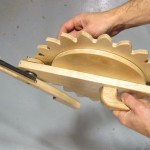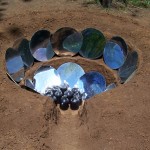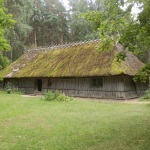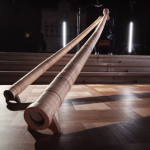“Hi everybody my name is Chris. I choose my woodworking projects based on whatever happens to inspire me”.
In this video, Chris builds a foot powered treadle lathe. Great project, great video.
Via Old Engineering.
Previously:
- Make your own treadle lathe (PDF plans)
- Robin Wood, bowlturner (video)
- The battle of the bowlturners (video)

